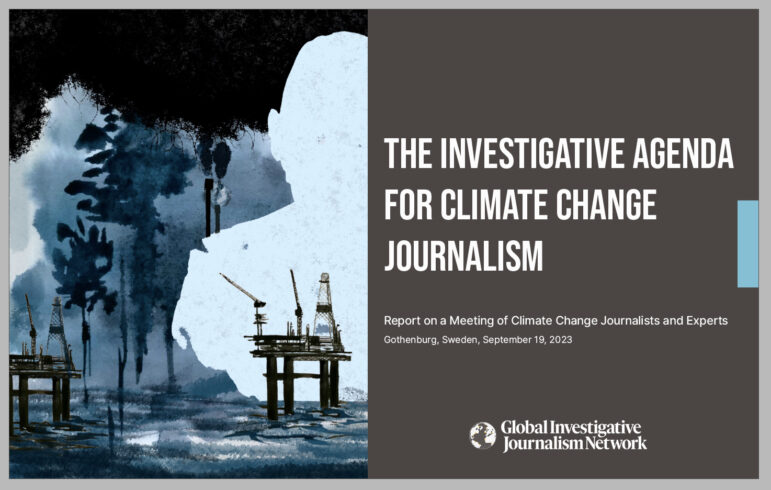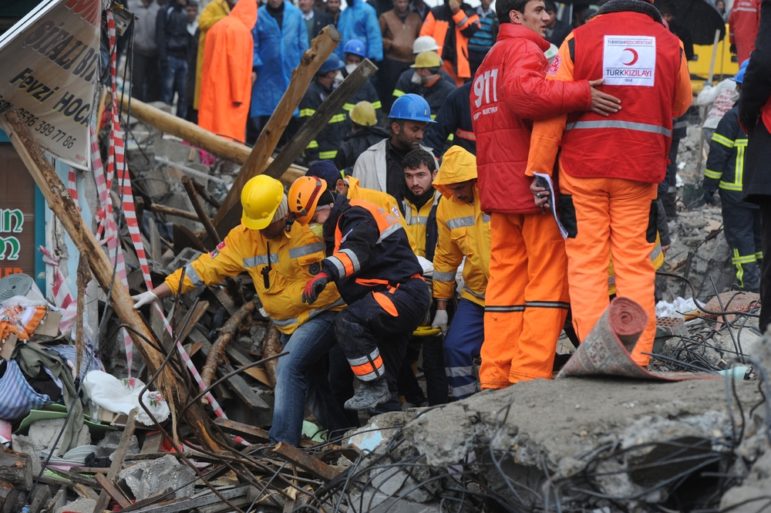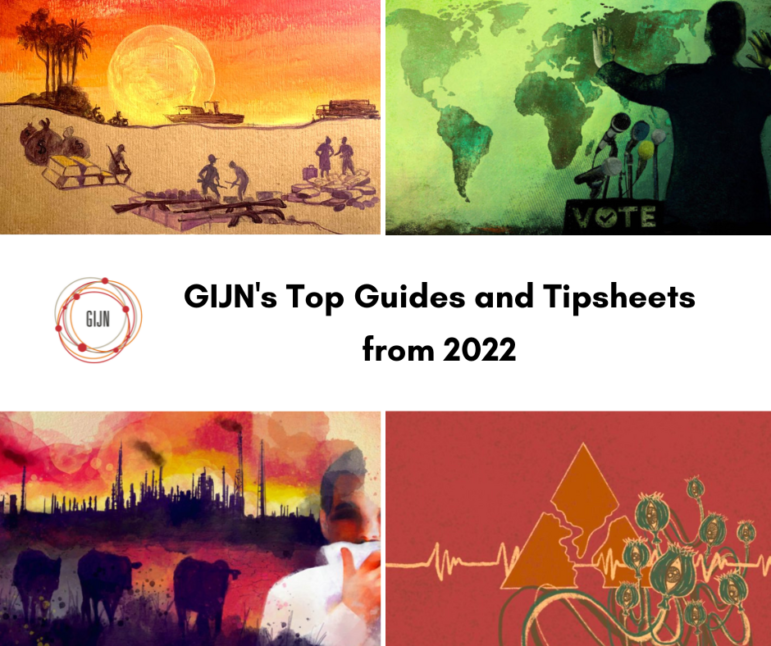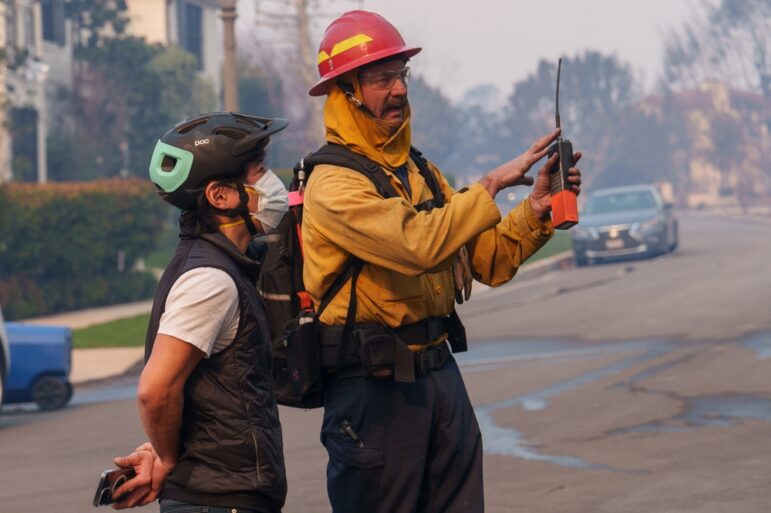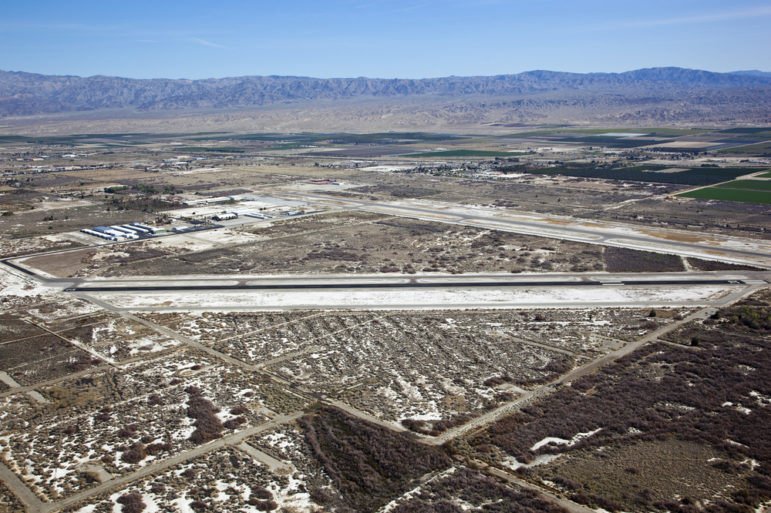

Image: Tim Roberts, Shutterstock
Reporting on Climate Injustice in One of the Hottest Towns in America
Editor’s Note: Climate change and environmental injustice are among the tougher topics for investigative journalists to cover. To help overcome the reporting challenges on these critical issues, GIJN has published an Investigating Climate Change Guide as well as Tips and Data Tools for better coverage. And climate change investigations will be on the agenda of our global online conference, GIJC21, on Nov. 1-5.
As part of our continuing coverage, we’re pleased to re-post this piece from GIJN member ProPublica, republished here under a Creative Commons License (CC BY-NC-ND 3.0).
Two years ago, a friend and I went on a weekend trip from San Diego up to Joshua Tree National Park. We took the scenic route, through the deserts east of the California coast and past the Salton Sea, an aptly named saline lake. Dust blew across the road. Sometimes we could see people racing dune buggies over the rocks and sand. Other times, the horizon was empty but for a few scrappy bushes.
It felt like another planet.
“This is wild,” my friend said. “Who are the people who live out here?”
Less than a year later (and completely unrelated to my trip,) two ProPublica reporters would visit the nearby town of Thermal and start asking those very questions. Climate reporter Liz Weil and visual reporter Mauricio Rodríguez Pons first became interested in Thermal, which is just north of the Salton Sea, because it is one of the hottest places in the US. They soon realized it’s also a prime example of how wealth inequality is inextricably linked to climate justice.
Thermal’s farmworkers earn, on average, between $15,000 and $17,499 a year, and they struggle to access clean drinking water and cool their homes adequately in the 110+ degree Fahrenheit (43 degrees Celsius) summer heat. Every year the housing authority is on high alert for heat-related deaths. Pedro Nicolas, a community leader and undocumented immigrant living in Thermal, told reporters his family slept in the hallway in the center of their trailer during the summer; because of the trailer’s lack of insulation, that was the coolest place in the house. Later, when Nicolas was finally able to move his family to a newer mobile home with workable air conditioning, friends from his old neighborhood sent their kids to nap in Nicolas’ living room.
Meanwhile, their neighbors with second (or third, or fourth) multimillion-dollar homes at The Thermal Club race luxury cars around miles of private racetrack. The cars live in perfectly temperature-controlled garages. The landscape is watered generously to green perfection.
Historically, people have argued luxury development will make all boats rise. So far, that’s not what has happened here.
This statement, read by a young person for her uncle at a community hearing, stood out to me: “With the Thermal Beach Club, we can add another place our people can’t afford to enter. Our people work in hospitals where they can’t afford to be treated. They work in restaurants where they can’t afford to eat. Work in hotels where they can’t afford to stay. And we’re being convinced of better jobs and higher pay when we know that time and time again, these promises and these possibilities never come to fruition.”
I talked with Weil and Rodríguez Pons about how they reported on climate in Thermal.
This interview was edited for clarity.
Stephenson: Talk me through how you arrived at this story, and why Thermal was the ideal place to tell it.
Weil: The story came about partly because both [of my editors] were like, “You should go find a hot town.”
So I started looking at these California heat maps. And then I started looking at maps that also included social vulnerability, combined with heat — poverty, educational attainment, immigration status, and then stuff like air quality, water quality.
On those maps they usually have a darker warm color [to show] the worse it is. And the area around Thermal was like deep red. I went down there at the beginning of the pandemic and was basically like, “I have no idea how I’ll ever write this story.”

Thermal, California (blue pin) sits inside one of the hottest regions in the US. Image: Screenshot, NOAA
I put it to the side for a long, long time. Partly because I don’t speak Spanish, and this community lives in Spanish. Then Mauricio started.
Rodríguez Pons: I went there for the first time with Liz; I think it was in March. And the access was impossible to get. The story was there, the heat is gonna be there. But nobody wants to speak with us.
Stephenson: Why were people hesitant?
Weil: There are a lot of well-intentioned scientists and journalists and nonprofit people who come into these communities for not very long, and then disappear and don’t deliver anything. So I think that there’s some skepticism based on that. People have immigration issues, and that’s often a big reason that there’s a lack of interest in talking.
And then, from the people-with-power side — people like their power. There’s nothing in it for them to talk to us. They’re already winning. That remained hard to break down. But in the beginning, it was really from both sides.
Stephenson: I want to ask about the visuals too, because they’re so striking. Can you talk about what the process of picking out images was like?
Rodríguez Pons: Well, as you said, the place is very striking. Just to make a portrait of that place was very easy.
You can shoot a beautiful golf course, with all the beautiful elements, everything aligned: flowers, water, everything in perfect shape. And if you ride your car less than 15 minutes, you see nothing. The dust is insane. When we were there, we had dust everywhere. The camera — I mean, every night I had to clean all my [equipment]. To live there is very difficult.
The most difficult part for us [was to] capture the family. Getting access to be part of their lives, it’s always the hard part. And since they are very vulnerable, not just in money or resources, but also in their documents, it put some pressure on the reporting. But most of them were very open with us, and that part, at the end of the day, was also a little bit easy. To be with them there.
Weil: They also understood, I think, Pedro and [his wife,] Maria, that this was the kind of power that they have. They can tell us their story; they really worked with community advocates. They weren’t going to hire some fancy lawyer and have power in that way.
Pedro made time for us. Reporters — ProPublica — depend on that. If we want to tell stories that make an impact, we depend on having somebody who’s going to stick their neck out, take that personal risk for the community benefit of getting the story out there.
And Pedro had everything to lose. He’s undocumented, he felt nervous, even in terms of physical violence, before he moved out of Oasis [Mobile Home Park.] It is a pretty lawless place. There’s a lot of fear, there’s a lot of intimidation that goes on in those mobile home parks.
So he is pretty awesome.
Stephenson: I was also curious how you landed on this framing. You have this quote: “From the have-nots to the haves, the argument was: We do not want to be rescued by the rich. We want to matter ourselves.” I felt that was a really clear way to communicate.
Weil: Personally, I’m a huge believer in using really plain, really emotional language to communicate these things.
I think, all too often, it’s academic, or it sounds like policy jargon, or all these things that sort of get you away from the emotional reality of the people who are living in this town who feel the moral outrage of having these really wealthy neighbors who are like: “OK, well, I’m gonna throw some money in a bank account for you. And so we’re all good, right?” There’s an assumption that everyone feels OK about that. And it really doesn’t feel OK to everybody. I feel like it’s important to put that out there in a kind of visceral way.
Lots of people have said this in different ways, but people remember how they feel more than they remember the facts.
Stephenson: There are striking numbers in the piece about per capita spending on climate justice for different regions in California. A lot more money goes to Northern California, which is a whiter region. Is there a story behind how that money is distributed?
Weil: When we’re talking about climate justice, that justice doesn’t just look like: if your house burns down, and you live in a fancy house, helping you rebuild your fancy house. And if you live in a crappy trailer, and your trailer burns down, rebuilding your crappy trailer. Climate justice will mean some way of more equitably redistributing resources, so that the vulnerable don’t remain so vulnerable.
So those numbers, I do think, represent a cementing of the status quo.
Stephenson: Are there structural things that you see opportunities to change to make things better for people in Thermal, and people in general that are living with less?
Rodríguez Pons: The most vulnerable population there is undocumented. If you want to make a change, you need to help them. At the end of the day, it’s just infrastructure. It’s just resources, well invested.
Weil: Another piece that climate justice advocates, or academics, helped make clear to me was the way in which injustices build on each other. What is going on in Thermal is related to tax policy. It’s related to immigration policy, it’s related to infrastructure, it’s related to how water is distributed in California. All these systems work together, and build on one another, and so there’s a lot of talk in the climate community about how all these things are climate issues. In a certain lens you can see that all here: tax policy is climate policy, immigration policy is climate policy.
Watch a video on their reporting below.
This story was originally published by GIJN member ProPublica and is republished here under a Creative Commons License (CC BY-NC-ND 3.0). ProPublica is a nonprofit newsroom that investigates abuses of power. Sign up for Dispatches, its newsletter that spotlights wrongdoing around the country.
Additional Resources
Investigating Climate Change: A GIJN Guide
New Data Tools and Tips for Investigating Climate Change
Tips for Reporters Seeking to Reveal the Scale of Inequality
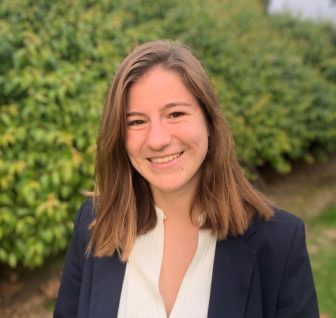
Brooke Stephenson is a Scripps Howard Audience/ Newsletter Fellow at ProPublica. In the past she has written articles on local policing and education policy, election services, outdoor sports, and diversity in the outdoor community. Brooke pairs photography, digital illustration, audio, and videography with her written reporting to create multi-media stories.

